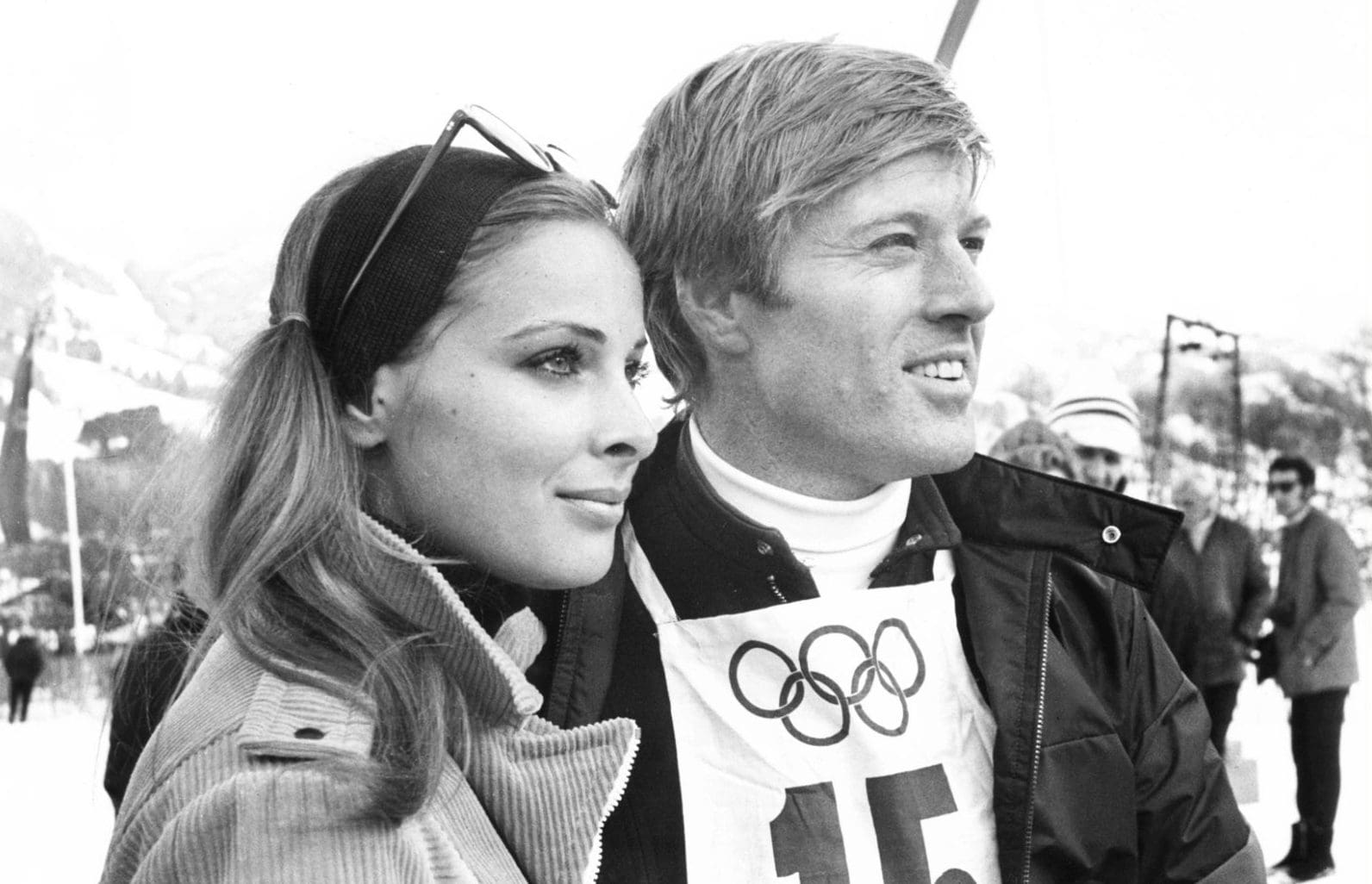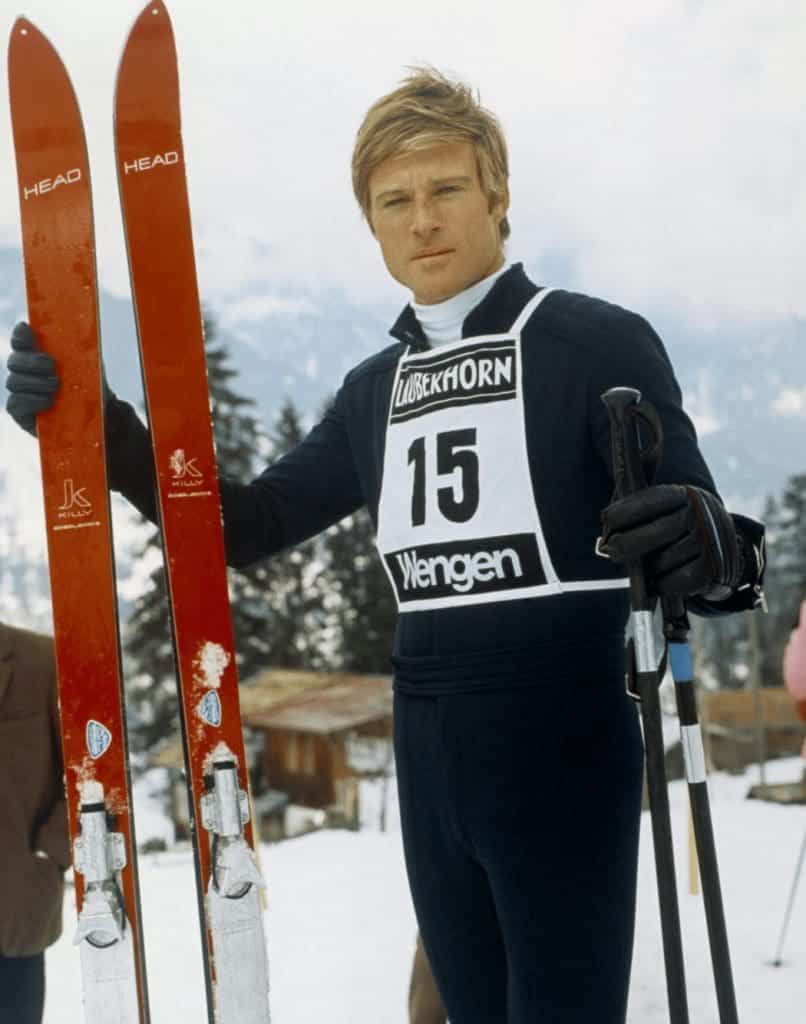The late sixties was a golden era for a certain kind of male film protagonist: Granite-jawed (of course), taciturn and emotionally stunted; distant but with a depth of feeling hidden… somewhere. Beatty in Bonnie and Clyde, Hopper in Easy Rider and Voight in Midnight Cowboy.
A cold-eyed country loner hurtling into the abyss on thin skis, Robert Redford’s portrayal of David Chappellet in Downhill Racer stands out as one of the defining performances in the Quite-Sad-But-Also-Strong canon, as well as being one of the great sport and style films. A sparse, documentary-style exploration of American ambition, directed by Michael Richie, with a suitably minimalist script provided by a master of lean melancholy, James Salter (you’ve read Stoner), based on Oakley Hall’s 1963 novel The Downhill Racers. It tells the story of a small town Colorado outsider’s pursuit of winning at all costs inside the pressure cooker of elite European skiing, while withholding his more human desires… to varying degrees of success.
Salter’s inspiration for Chappellet was Billy Kidd, who had won a silver medal at the 1964 Olympics and was “tough, in all likelihood from a poor part of town,” and also, “in the manner of champions, somewhat arrogant and aloof.” Along with Vladimir “Spider” Sabich: “golden, unimpressible, a bit like Redford himself,” the writer added. Taking an immersive approach towards research, Salter and Redford travelled to Grenoble alongside the U.S. ski team during the winter of 1968, joining them on bus journeys and sleeping in the same hotels. Redford would later comment on how his own performance was shaped by the often chilly and recalcitrant athletes that he encountered on the trip.

If you’ve seen a photo of Redford on a menswear moodboard, then it might be from Butch Cassidy and The Sundance Kid (which was released a couple of months later), but it’s probably from Downhill Racer. There’s the shearling coat, which could be straight out of a RRL lookbook, worn with preppy abandon alongside a grey sweater and sky blue chambray shirt, or over the top of roll necks and ski thermals. In fact, much of the style offers up a load of inspiration for combining Western Wear, prep and functional outdoor clothing. A navy-blue ski suit paired with cowboy boots; Cebé sunglasses with reflective lenses and beaten-up trucker jackets; denim Western shirts and grey flannel tailoring. There’s also one of the all-time great car cameos, a 1968 ‘Bahama yellow’ Porsche 911 T Sportomatic, fitted with skis on the roof rack and driven by Carole (played by Camilla Sparv), the pair embroiled in a messy, volatile affair.
Filmed on location in early 1969 across a series of famous Alpine resorts, including Wengen in Switzerland; Megève in France; and Kitzbühel and St. Anton in Austria, Downhill Racer employed a naturalistic approach that saw Redford do plenty of his own skiing, with the downhill races filmed by hand on a 35 mm Arriflex, while post-race press conferences were largely improvised. Still at the early stages of his career, despite being in his early 30s, Redford had dreams of Downhill Racer being the first in a trilogy centred on the concept of winning, a dream that would largely remain unfulfilled. A couple of months later Butch Cassidy and The Sundance Kid would propel the actor into the maw of the A-List, and Downhill Racer would—despite its now cult status—fall into relative obscurity.
A sparse masterpiece that asks far-reaching questions about masculinity, the cost of winning, the American condition, and how a great Shearling coat will never go out of style.

From Issue 6: Movies and Motors. Order your copy here.








